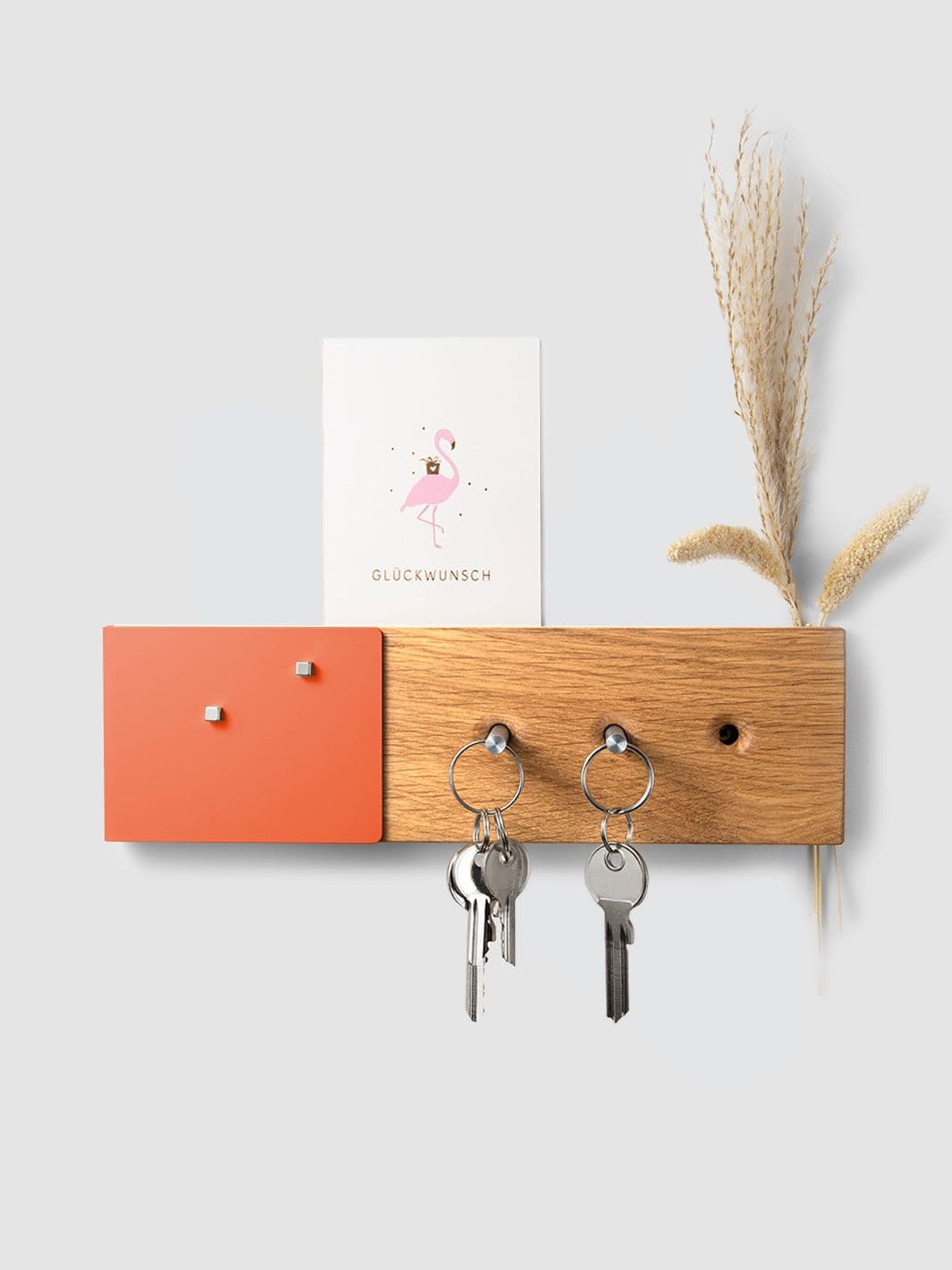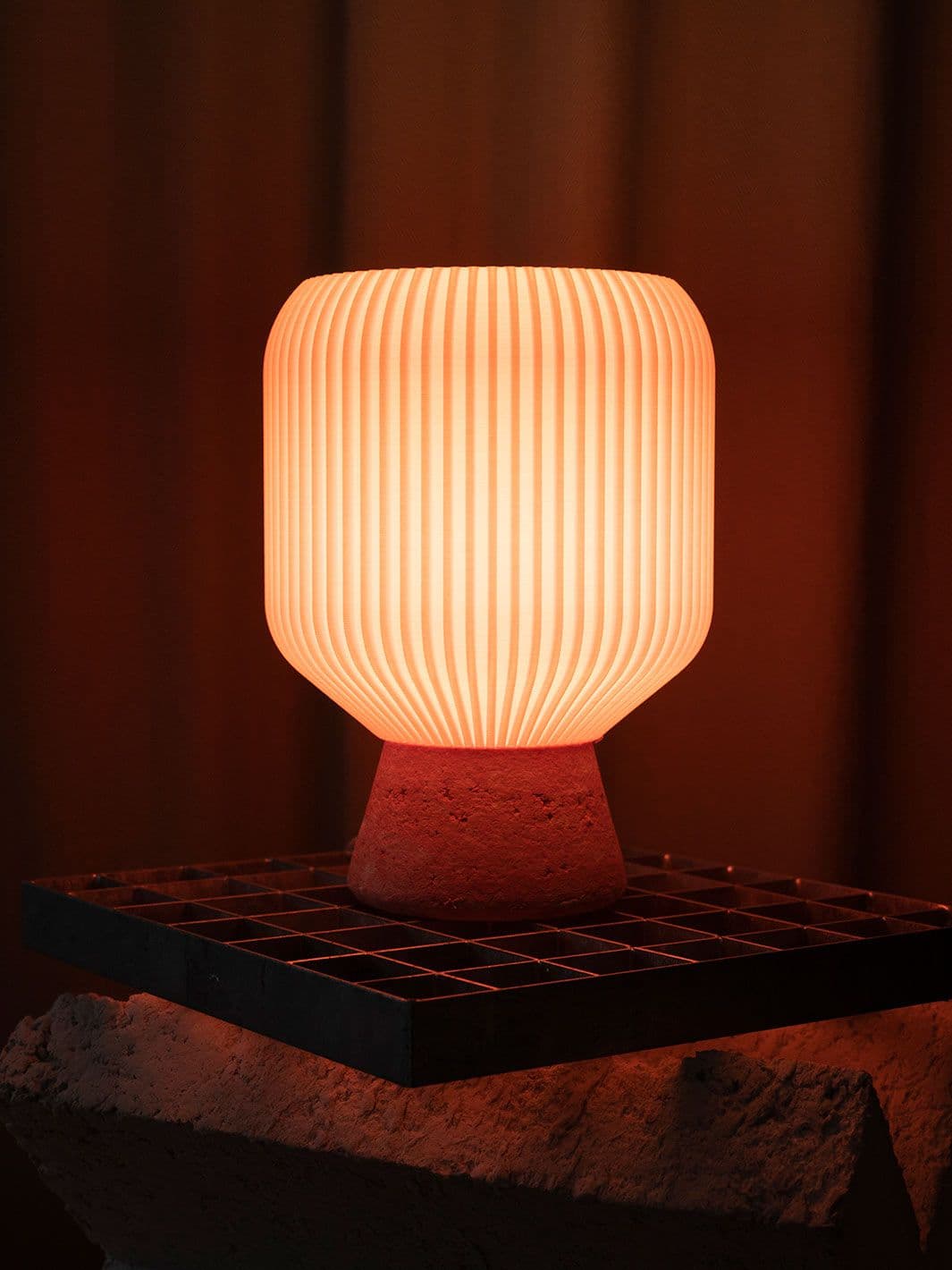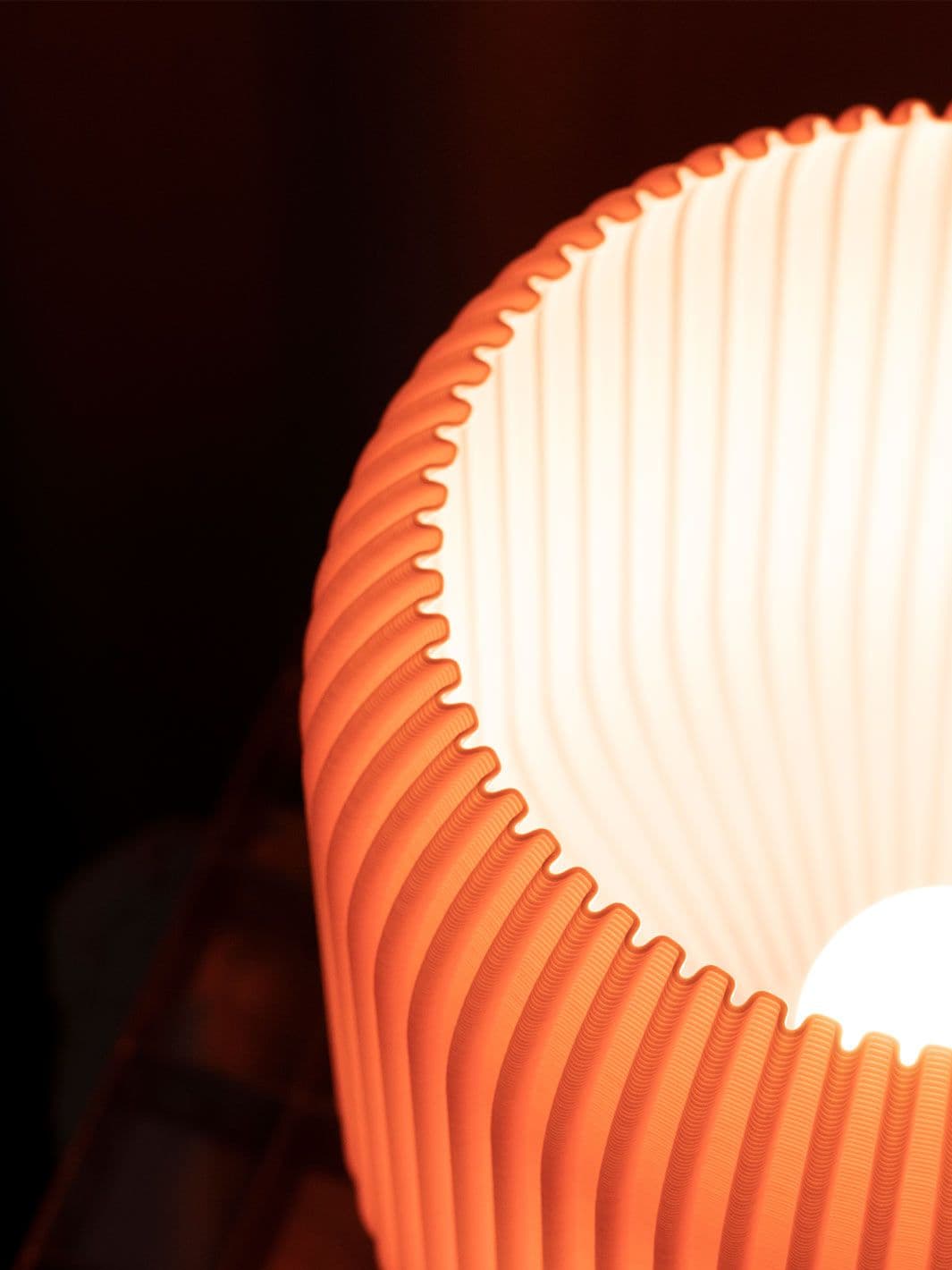How does EveryOtherDay evaluate and select the materials used in your products to ensure they meet your sustainability standards?
We meticulously evaluate the manufacturing processes of materials to ensure they meet our stringent sustainability criteria.
This includes assessing the generation of toxic pollutants, electricity consumption during production, and the recyclability or biodegradability of the materials to facilitate their reintegration into the circular economy. Our preference is to develop proprietary materials, affording us full control over the entire lifecycle of our products.

Can you describe the process involved in maintaining the traceability of your supply chain, particularly for the wood and metals used in your products?
To ensure traceability within Germany, we rely on a combination of certifications like PEFC and FSC, as well as factory documentation. Various seals and certifications confirm the German origin of wood, while factory certificates provide detailed records of sourcing locations and methods for both wood and metal.
We exclusively source wood from certified suppliers to guarantee responsible and sustainable practices, and they provide the necessary certifications to verify the sustainability of their wood sourcing.

What criteria must suppliers meet to be considered for partnership with EveryOtherDay, especially in terms of sustainable practices and proximity to your Munich warehouse?
While we do not adhere to rigid selection criteria, each material undergoes rigorous evaluation based on specific project requirements. Our goal is to strike a balance between sustainability and design excellence.
For instance, traditional methods may compromise sustainability, they may cause a composite material that will never be able to be included back in the material cycle. There are times when it is necessary to use traditional painting methods in order to achieve the specific aesthetic goals requested by customers.
For example, if a customer wants a very particular color, such as a brand's signature color, traditional painting may be required to attain that precise aesthetic.

How has the implementation of powder coating technology enhanced the environmental friendliness of your production process?
The environmental benefits of powder coatings over wet paints are manifold. Powder coatings emit no volatile organic compounds (VOCs) or other harmful emissions during application and curing, leading to superior air quality and reduced environmental impact.
The energy-efficient application process also contributes to overall sustainability, even with higher energy consumption during curing. Additionally, powder coatings offer enhanced durability, exhibiting superior resistance to impacts, scratches, and abrasion compared to wet paints.

Given the challenges with plastics, how are you researching and potentially integrating biodegradable alternatives to polypropylene in your products?
We are constantly on the hunt for biodegradable plastics, and we are pleased to see significant advancements in the availability of such products and materials. However, one challenge we frequently encounter is the limited availability of colour options that perfectly complement our projects and products.
Our commitment to sustainability drives us to explore and integrate biodegradable alternatives into our designs. While the industry is progressing with a wider array of biodegradable materials, the challenge lies in finding colours that align seamlessly with our aesthetic vision. Nonetheless, we remain optimistic about the ongoing developments and eagerly anticipate future innovations in this space.

Could you detail the benefits and the lifecycle management of using hard wax oil compared to traditional varnishes in your product finishing?
Hard wax oils are a combination of oils and waxes. While the oil preserves the wood from within, the wax forms a thin layer on the wood surface. The result is a matte shimmering finish and a durable surface. This allows the wood to absorb moisture from the air and release it when needed, noticeably improving the indoor climate. Unlike varnish, which creates a composite material that is not biodegradable, we strive to avoid this approach.

What future initiatives are in place at EveryOtherDay to further reduce the ecological footprint of your production and supply chain processes?
Regarding our Cozy Cleo lamp, We have long been exploring rainwater harvesting as a sustainable water source, as this approach inspires us to use fewer and fewer resources to be as sustainable as possible.
However, integrating rainwater collection into our current manufacturing facility presents logistical challenges. We remain optimistic that growing demand for our products will eventually enable us to implement rainwater harvesting solutions effectively.

What your primary objectives are for EveryOtherDay's future in terms of market expansion and innovation?
Our primary objectives for EveryOtherDay's future focus on both market expansion and innovation. In terms of market expansion, we aim to enter new geographic markets, including Asia and North America, while strengthening our presence in Europe. We also plan to establish partnerships with major retailers and e-commerce platforms to increase our product availability and brand visibility.
On the innovation front, we are committed to continuously developing new sustainable materials and refining our existing processes. We aim to enhance the aesthetic and functional qualities of our products while maintaining their environmental integrity. Our focus will be on integrating cutting-edge technologies, such as advanced 3D printing techniques and biodegradable materials, to create high-quality, eco-friendly design solutions. Additionally, we plan to expand our product range to include more home decor items and furniture, all adhering to our sustainability standards.








